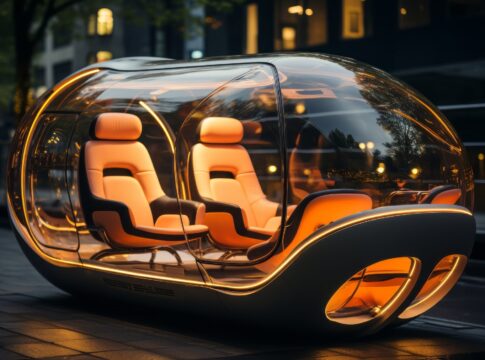Electric Vehicles (EVs) have experienced remarkable growth and development since their inception. However, “Electric Vehicles 2.0” represents the next phase of innovation in this industry, characterized by advancements in technology, infrastructure, and consumer adoption. Here are some key aspects of this next phase:
- Battery Technology Advancements: One of the primary drivers of EV 2.0 is the continued advancement of battery technology. This includes improvements in energy density, charging speed, longevity, and cost reduction. Innovations such as solid-state batteries, which promise higher energy density and faster charging times, are expected to play a significant role in the evolution of electric vehicles.
- Extended Range and Performance: EV 2.0 vehicles will offer significantly improved range and performance compared to earlier models. With advancements in battery technology and vehicle design, electric cars will be able to travel longer distances on a single charge and deliver enhanced acceleration and overall performance.
- Charging Infrastructure Expansion: The growth of EVs is contingent upon the availability of charging infrastructure. EV 2.0 will see a significant expansion of charging networks, including fast-charging stations along highways, charging stations in urban areas, and advancements in home charging solutions. This expansion aims to alleviate range anxiety and make EV ownership more convenient and accessible.
- Integration of Renewable Energy: As the world transitions towards renewable energy sources, EV 2.0 will increasingly integrate with renewable energy systems. This includes technologies such as vehicle-to-grid (V2G) systems, where EVs can serve as mobile energy storage units, feeding surplus energy back into the grid during peak demand periods.
- Autonomous and Connected Features: EV 2.0 vehicles will incorporate advanced autonomous and connected features. This includes self-driving capabilities, enhanced connectivity for over-the-air updates, intelligent navigation systems, and integration with smart home devices. These features will enhance the overall driving experience and pave the way for future mobility services.
- Diverse Vehicle Options: In the EV 2.0 era, consumers will have a wider range of electric vehicle options to choose from. This includes not only passenger cars but also electric trucks, buses, motorcycles, and even electric aircraft. The increasing diversity of EV offerings will cater to different consumer preferences and transportation needs.
- Sustainability and Lifecycle Considerations: EV 2.0 will place greater emphasis on sustainability throughout the vehicle lifecycle. This includes the use of eco-friendly materials in manufacturing, recycling of batteries, and reducing the carbon footprint of EV production and operation. Manufacturers and policymakers will prioritize sustainability initiatives to mitigate environmental impacts.
Overall, Electric Vehicles 2.0 represents a transformative phase in the automotive industry, characterized by technological advancements, infrastructure development, and widespread adoption. As these innovations continue to evolve, electric vehicles are poised to become the dominant mode of transportation, driving us towards a more sustainable and efficient future.








